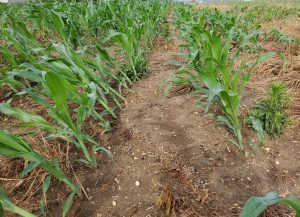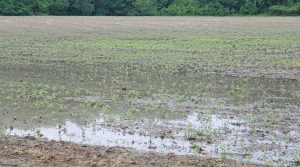Please use the below links for the program details for the South Jersey and North Jersey Grape Camp. Pesticide credits will be provided, however please register at the contact given below.
SOUTH JERSEY GRAPE CAMP
Tuesday, July 27 @ 4:30 PM
Rutgers Agriculture Research and Extension Center: 121 Northville Rd, Bridgeton, NJ 08302
Program details available at: https://go.rutgers.edu/wfr6vix
Registration: Please call Joan Medany jmedany@co.gloucester.nj.us or call 856-224-8030 if you are planning to attend. If an additional assistance is needed, please contact Hemant Gohil at 856-224-8029. Light fare will be provided.
NORTH JERSEY GRAPE CAMP
Wednesday, August 4th @ 4:30 PM
Alba Vineyard: 269 County Rd 627, Milford, NJ 08848
Program details available at: https://go.rutgers.edu/xh5onog3
Registration: Contact Kim Crommelin at 908-788-1338 or kfrey@co.hunterdon.nj.us If an additional assistance is needed, please contact Megan Muehlbauer muehlbauer@njaes.rutgers.edu. Light fare will be provided.


